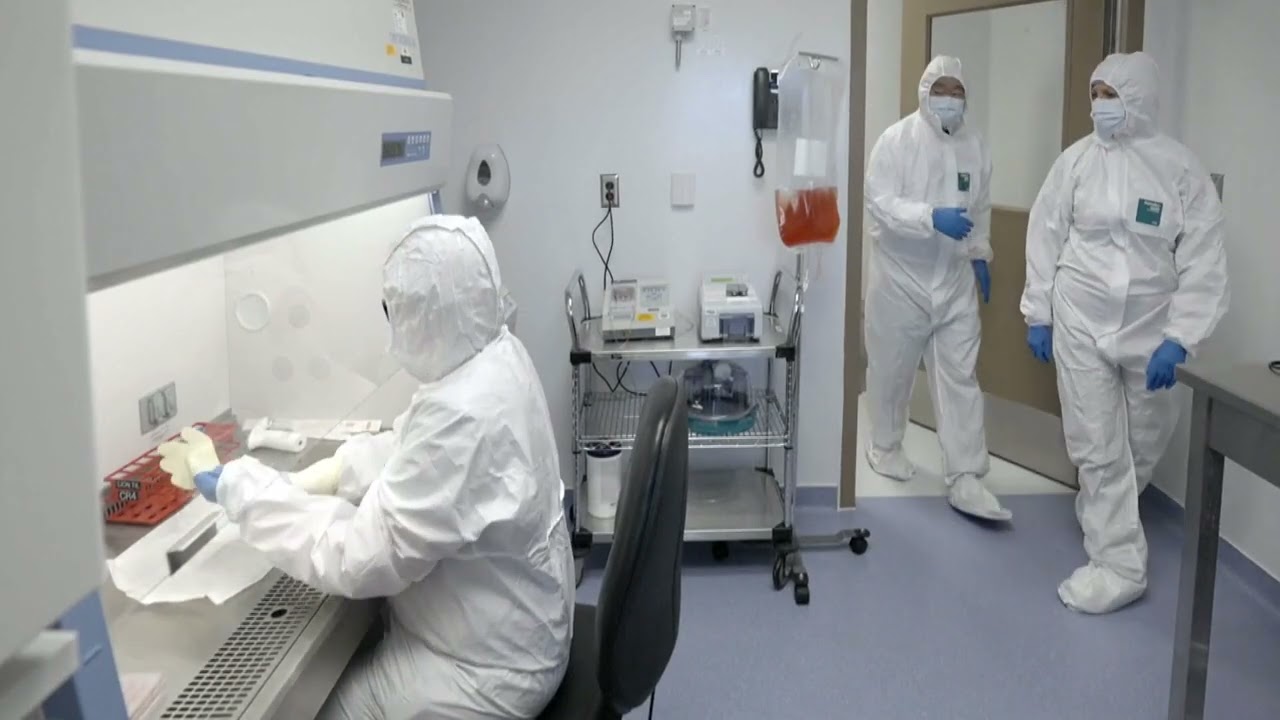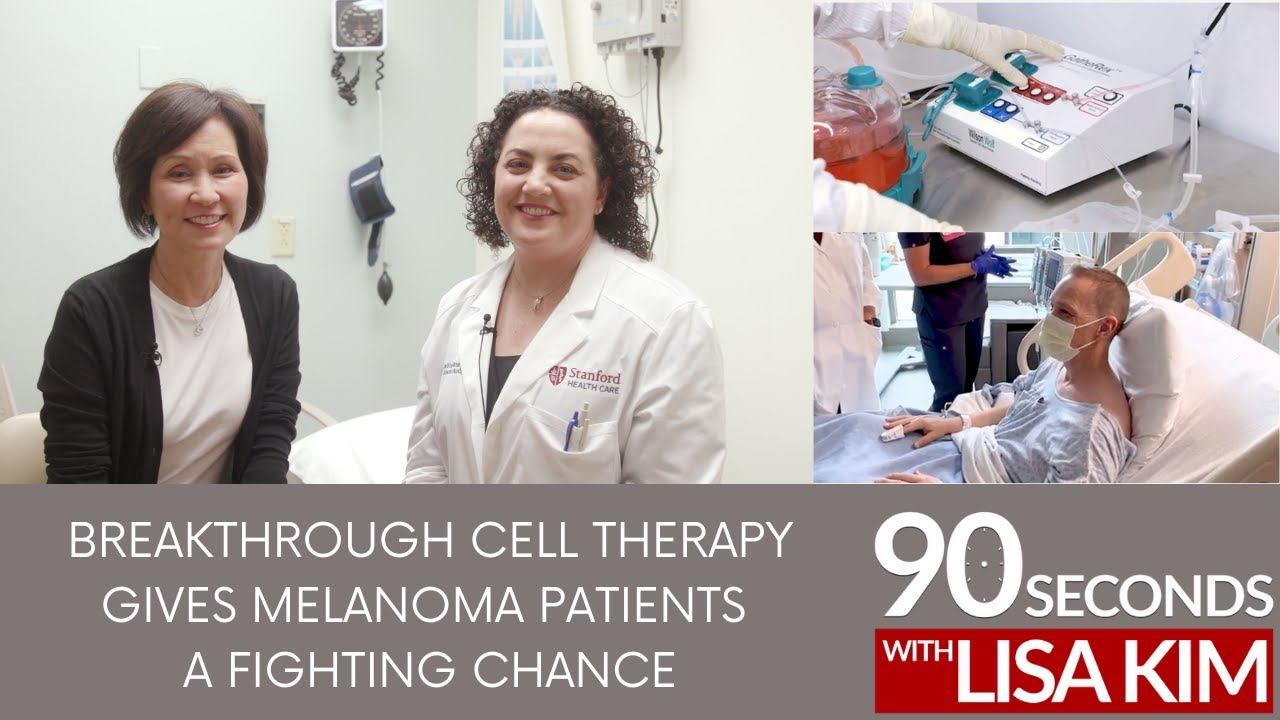NEW YORK (Reuters Health) – Despite tradeoffs in visual acuity, patients with ocular melanoma near the optic nerve benefit from proton beam radiotherapy in terms of eye conservation and low risk of tumor recurrence, report researchers at the Massachusetts Eye and Ear Infirmary in Boston.
“Proton irradiation should be considered for treating patients with tumors contiguous to the optic disc,” Anne Marie Lane and colleagues conclude in their report in the September issue of the Archives of Ophthalmology.
A related editorial notes that in the past, enucleation was commonly recommended as primary treatment for juxtapapillary tumors, ie, those touching or within 1 mm of the optic disc. Advances in plaque brachytherapy and charged particle irradiation now offer options, although there are only a few facilities worldwide that use proton beam therapy.
The authors of the current study note that the proton beam delivers a homogenous dose of radiation with a sharply defined edge, thus reducing damage to surrounding tissues. The team reports its experience treating 573 patients with proton irradiation for melanomas located within 1 optic-disc diameter from the optic nerve, from 1985 to 1997.
Local recurrence rates were 3.3% at 5 years and 6.0% at 10 years, the researchers found. Enucleation rates at 5 and 10 years were 13.3% and 17.1%, respectively.
Mortality due to melanoma was 24% at 15 years – similar to rates in other patients with choroidal melanoma amenable to more conventional treatment.
Proton irradiation took its toll on visual acuity. Among 450 patients who had 20/200 vision or better before treatment, visual acuity worsened in 79.7% within 5 years and in 91.0% at 10 years. Nonetheless, some patients maintained ambulatory vision for a long time after treatment, Lane and colleagues point out.
They conclude that with proton therapy for tumors encroaching on the optic nerve, “Eye conservation is possible in the vast majority of cases, with low rates of recurrence and metastasis. However, vision loss is still significant in this group of patients.”
They add, “Investigation of a reduction in total radiation dose or hyperfractionation in select patients, eg, patients with smaller tumors, may be worthwhile, but this would require a randomized clinical trial.”
Arch Ophthalmol. 2011;129:1127-1130,1218-1220.








